Genotyping-by-sequencing of a melon (Cucumis melo L.) germplasm collection from a secondary center of diversity highlights patterns of genetic variation and genomic features of different gene pools
- PMID: 28068911
- PMCID: PMC5223370
- DOI: 10.1186/s12864-016-3429-0
Genotyping-by-sequencing of a melon (Cucumis melo L.) germplasm collection from a secondary center of diversity highlights patterns of genetic variation and genomic features of different gene pools
Abstract
Background: Melon (Cucumis melo L.) is one of the most important horticultural species, which includes several taxonomic groups. With the advent of next-generation sequencing, single nucleotide polymorphism (SNP) markers are widely used in the study of genetic diversity and genomics.
Results: We report the first successful application of genotyping-by-sequencing (GBS) technology in melon. We detected 25,422 SNPs by the analysis of 72 accessions collected in Apulia, a secondary centre of diversity in Southern Italy. Analyses of genetic structure, principal components, and hierarchical clustering support the identification of three distinct subpopulations. One of them includes accessions known with the folk name of 'carosello', referable to the chate taxonomic group. This is one of the oldest domesticated forms of C. melo, once widespread in Europe and now exposed to the risk of genetic erosion. The second subpopulation contains landraces of 'barattiere', a regional vegetable production that was never characterized at the DNA level and we show was erroneously considered another form of chate melon. The third subpopulation includes genotypes of winter melon (C. melo var. inodorus). Genetic analysis within each subpopulation revealed patterns of diversity associated with fruit phenotype and geographical origin. We used SNP data to describe, for each subpopulation, the average linkage disequilibrium (LD) decay, and to highlight genomic regions possibly resulting from directional selection and associated with phenotypic variation.
Conclusions: We used GBS to characterize patterns of genetic diversity and genomic features within C. melo. We provide useful information to preserve endangered gene pools and to guide the use of germplasm in breeding. Finally, our findings lay a foundation for molecular breeding approaches and the identification of genes underlying phenotypic traits.
Keywords: Cucumis melo; Genetic diversity; Genomics; Genotyping-by-sequencing; Molecular breeding.
Figures
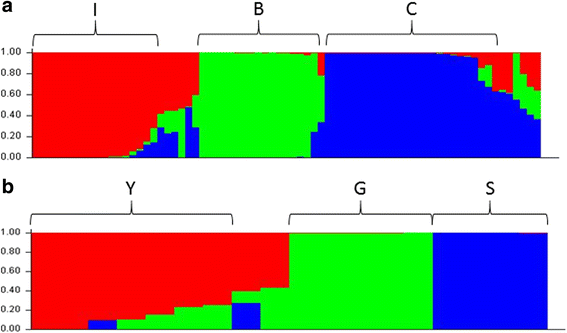
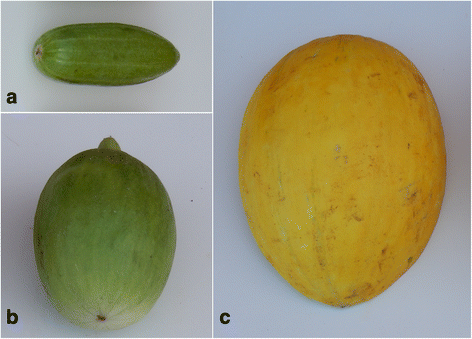
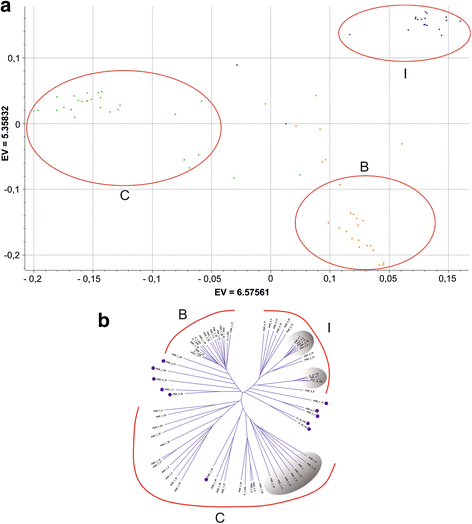
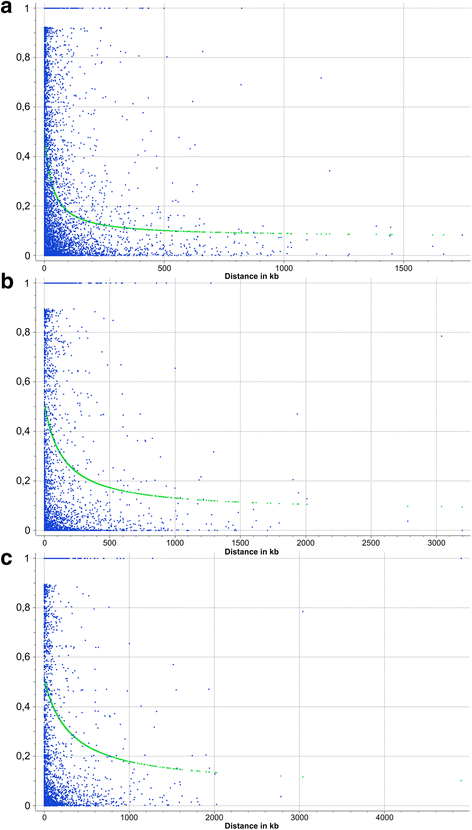
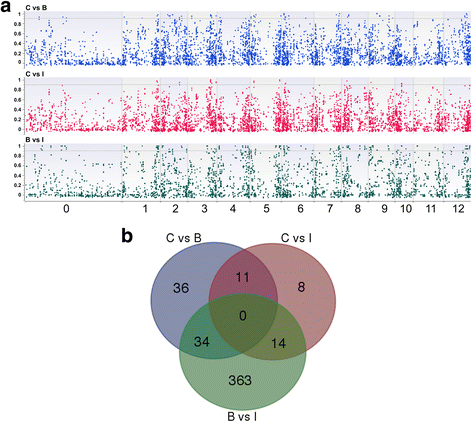
Similar articles
-
Characterizing Palestinian snake melon (Cucumis melo var. flexuosus) germplasm diversity and structure using SNP and DArTseq markers.BMC Plant Biol. 2018 Oct 19;18(1):246. doi: 10.1186/s12870-018-1475-2. BMC Plant Biol. 2018. PMID: 30340523 Free PMC article.
-
Genome-Wide SNP Markers for Genotypic and Phenotypic Differentiation of Melon (Cucumis melo L.) Varieties Using Genotyping-by-Sequencing.Int J Mol Sci. 2021 Jun 23;22(13):6722. doi: 10.3390/ijms22136722. Int J Mol Sci. 2021. PMID: 34201603 Free PMC article.
-
Transcriptome sequencing for SNP discovery across Cucumis melo.BMC Genomics. 2012 Jun 24;13:280. doi: 10.1186/1471-2164-13-280. BMC Genomics. 2012. PMID: 22726804 Free PMC article.
-
Melon fruits: genetic diversity, physiology, and biotechnology features.Crit Rev Biotechnol. 2008;28(1):13-55. doi: 10.1080/07388550801891111. Crit Rev Biotechnol. 2008. PMID: 18322855 Review.
-
Molecular Marker-Assisted Mapping, Candidate Gene Identification, and Breeding in Melon (Cucumis melo L.): A Review.Int J Mol Sci. 2023 Oct 23;24(20):15490. doi: 10.3390/ijms242015490. Int J Mol Sci. 2023. PMID: 37895169 Free PMC article. Review.
Cited by
-
Genetic diversity analysis and variety identification using SSR and SNP markers in melon.BMC Plant Biol. 2023 Jan 18;23(1):39. doi: 10.1186/s12870-023-04056-7. BMC Plant Biol. 2023. PMID: 36650465 Free PMC article.
-
Resequencing of 297 melon accessions reveals the genomic history of improvement and loci related to fruit traits in melon.Plant Biotechnol J. 2020 Dec;18(12):2545-2558. doi: 10.1111/pbi.13434. Epub 2020 Jun 30. Plant Biotechnol J. 2020. PMID: 32559013 Free PMC article.
-
Genotyping-by-sequencing highlights patterns of genetic structure and domestication in artichoke and cardoon.PLoS One. 2018 Oct 23;13(10):e0205988. doi: 10.1371/journal.pone.0205988. eCollection 2018. PLoS One. 2018. PMID: 30352087 Free PMC article.
-
Genetic Characterization of Apulian Olive Germplasm as Potential Source in New Breeding Programs.Plants (Basel). 2019 Aug 5;8(8):268. doi: 10.3390/plants8080268. Plants (Basel). 2019. PMID: 31387331 Free PMC article.
-
Genotyping by Sequencing of Cultivated Lentil (Lens culinaris Medik.) Highlights Population Structure in the Mediterranean Gene Pool Associated With Geographic Patterns and Phenotypic Variables.Front Genet. 2019 Sep 18;10:872. doi: 10.3389/fgene.2019.00872. eCollection 2019. Front Genet. 2019. PMID: 31620173 Free PMC article.
References
-
- FAOSTAT database. Food and Agriculture Organization of the United Nations. http://faostat3.fao.org. Accessed 4 May 2016.
-
- Pitrat M. Melon. In: Prohens J, Nuez F, editors. Handbook of plant breeding. Vegetables I. Asteraceae, Brassicaceae, Chenopoidicaceae, and Cucurbitaceae. USA: Springer; 2008. p. 283–315.
-
- Hammer K, Hanelt P, Perrino P. Carosello and the taxonomy of Cucumis melo L. especially of its vegetable races. Kulturpflanze. 1986;34:249–59. doi: 10.1007/BF02112805. - DOI
Publication types
MeSH terms
LinkOut - more resources
Full Text Sources
Other Literature Sources
Research Materials

